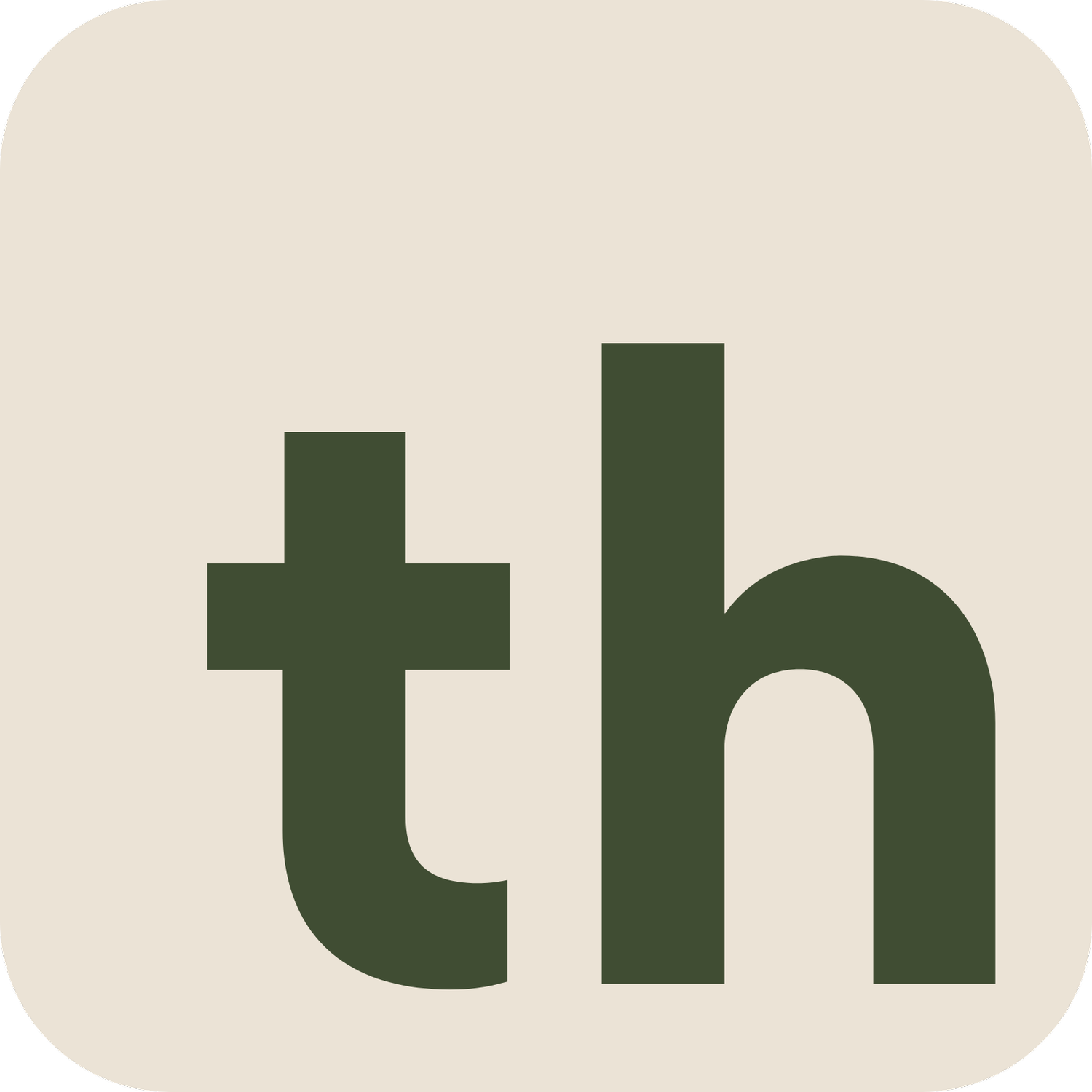Communication Theory & Professional Ethics
ON COMMUNICATION THEORY
Dick Hebdige's "Subculture: The Unnatural Break" details how subcultures become appropriated and therefore neutralized by the hegemonic cultural regime. Hebdige uses the example of punk subculture to contextualize this process, though the theory has several implications throughout culture. Hebdige associates 'punk' with a counterculture that challenged the dominant ideologies and values. Figures in the subculture demonstrated to their audiences that one could exist and function outside and independent of culture en masse. An example that comes to mind is radio formatting. Unlike a genre, which originates naturally and denotes original musical stylings, a radio format represents the way a musical genre is packaged and sold to stations to attract listeners. An example is the genre R&B and the radio format Quiet Storm. The latter represented a palatable, apolitical version of R&B that would appeal to radio stations, mass audiences, and advertisers. Absent from the format were the hallmarks of R&B: cultural resistance, political messaging, and themes regarding social justice. If artists wanted to 'make it big,' they would have to subscribe to the norms put in place by those who commodified the genre.
The process of diluting a particular subculture has become even more prevalent, and far easier to accomplish, in the modern era. Through social media, it is easier than ever to expose yourself to a variety of subcultures. In many ways, social media can be a unifying experience, providing those with niche interests a subcultural, online community. However, as quickly as these subcultures form, mass media can monopolize them and turn the subculture into a commodity. This keeps even those who find themselves in fringe networks beholden to the overextended arms of capitalism. Hebdige's subculture theory also made me consider the many ways we seek to identify ourselves in the digital world. We are able to wall ourselves off into our own microcosm of the internet, tailor our algorithm to suit our interests, and exist online in our own echo chamber. Those on top of the hegemonic power structure create an illusory means of self-identification on social media that keeps us on the platform to absorb the message algorithmically fed to us.
ON PROFESSIONAL ETHICS
One topic in mass media that raises several ethical issues is artificial intelligence (AI). This has come up several times at my place of employment, a branding and marketing agency. AI can be a great tool for data analysis and idea generation. However, some marketing agencies and individual marketers are using AI-generated images, text, and other content in their social media strategy, website development, and other projects. Not only does an AI-generated image tend to look low-quality in a social media post, it is essentially an amalgamation of hundreds of real photographs/pieces of art from original content creators. This raises the issue of intellectual property and plagiarism. At my job, I strongly discourage using AI in any content, and we generally all agree on this. The appeal of AI as a time-saver is compelling, but in my opinion, using AI to do your marketing for you is dishonest. As a content writer, I would only consider using ChatGPT or a similar platform to generate a list of ideas or an outline for a piece, with all the subsequent research and writing being my own.
In a broader context, AI relates to the issue of disinformation that has risen exponentially in the digital era. Deepfakes and AI-generated images unfortunately get better in quality every day, making it harder and harder for social media users to differentiate between what is real or fake. Realistic-looking AI images can be used to sway voters during elections, disparage public figures, and sensationalize events in the news. As a professional in the media industry, I would insist on thorough due diligence when it comes to using images sources from social media or the Internet. For a journalistic piece, being able to attribute all images used to a credible source reduces liability for you and your employer and ensures you are maintaining high ethical standards in your work. In content marketing, similarly, using images from credible sources in your work (if you are not using your own images, that is), helps avoid issues with unknowingly publishing a deepfake or AI image that can mislead viewers.
